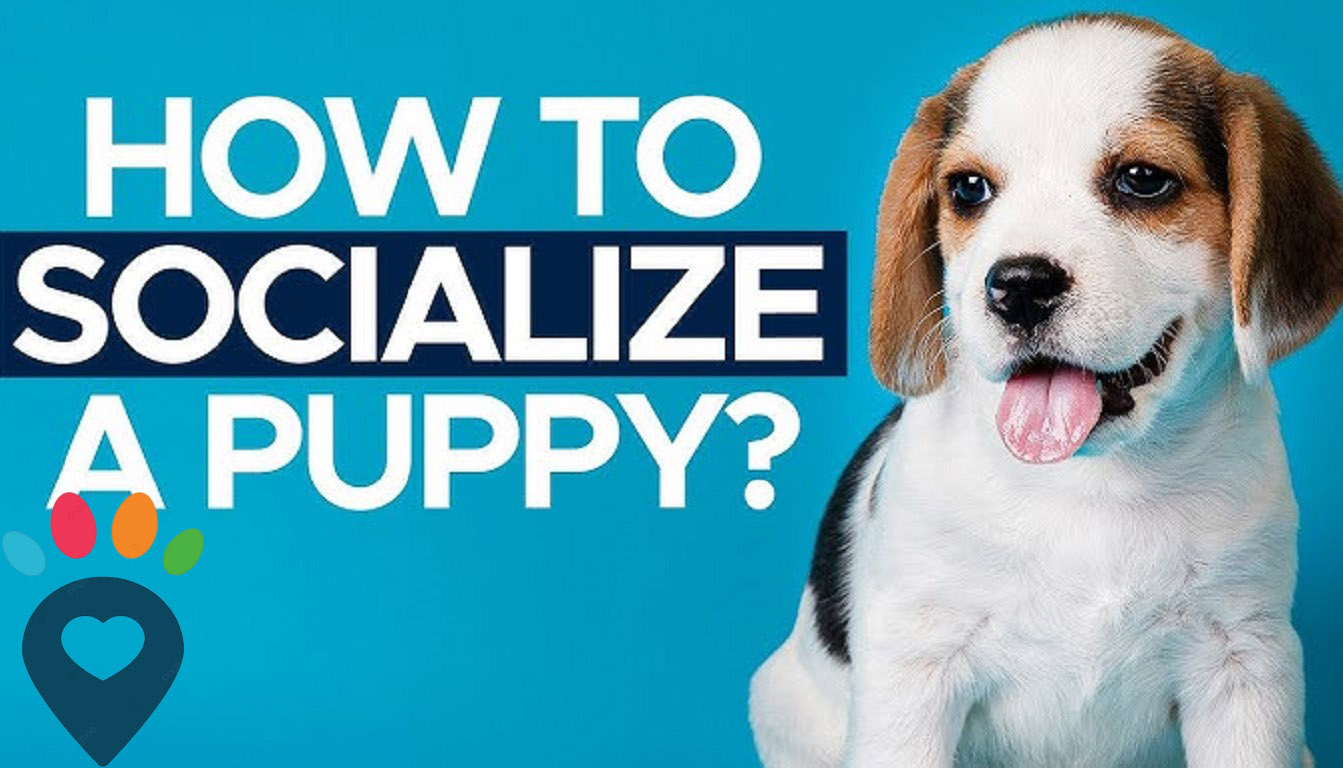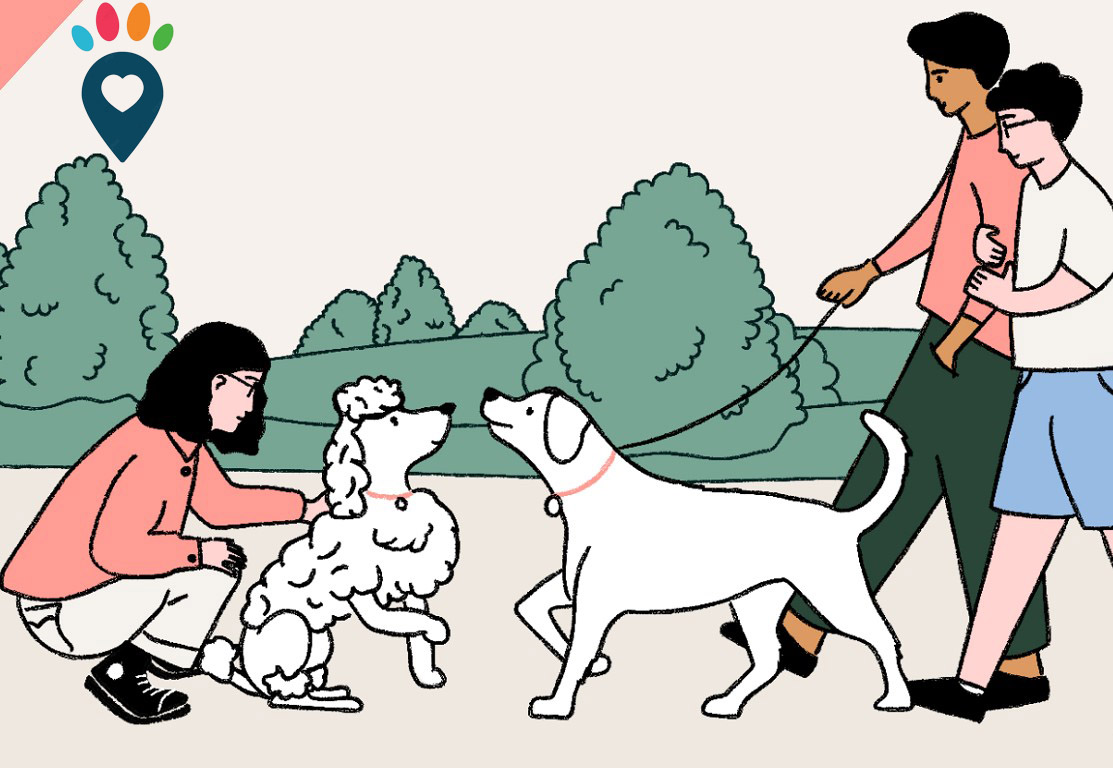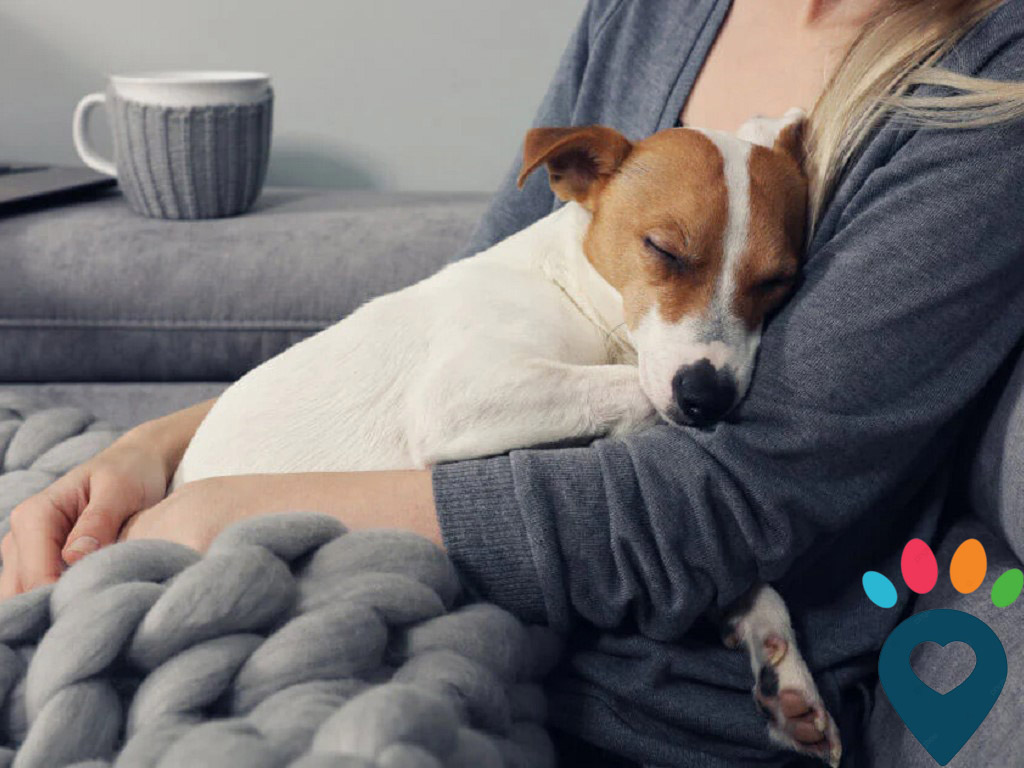
How to Socialize an Aggressive Dog
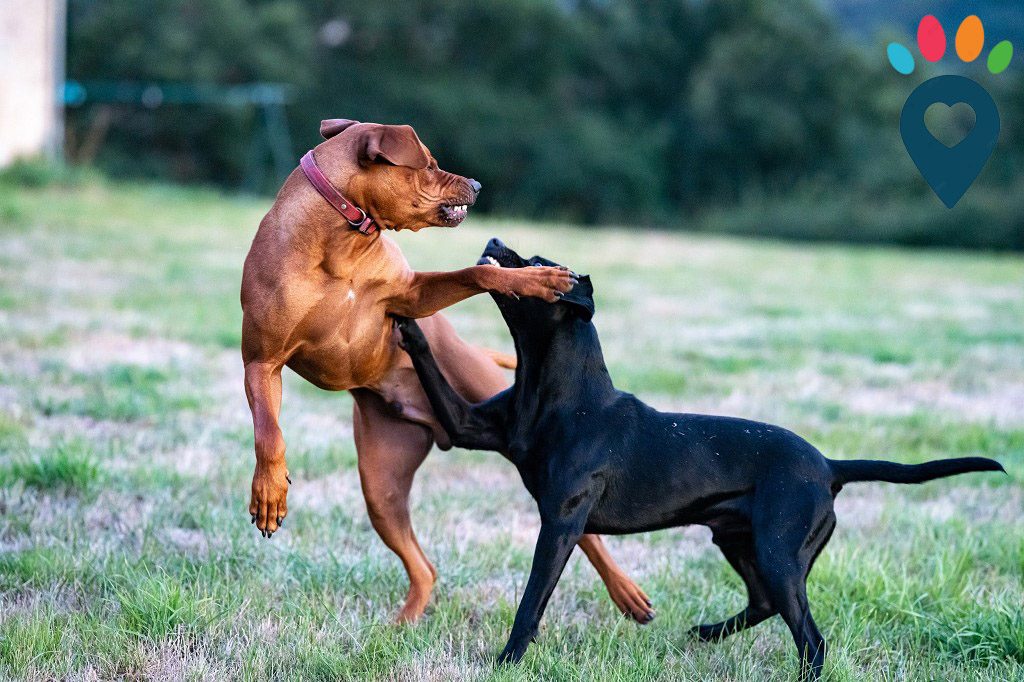
For dogs, aggression is a common problem and can manifest in many forms, such as biting, aggressive lunging, or other threatening behaviors. While, it’s very dangerous for people or other animals if a dog shows aggressive bahavior. Therefore, it is very crucial to promptly addresse dogs’ aggressive behavior to stop it from escalating and potentially harming others. In this article, we will discuss some techniques that professional dog trainers use to help you socialize your aggressive dogs.
1.Common Behaviors Seen in Aggressive Dogs
• Growling or snarling: This suggests that if further provoked, the dog may resort to aggressive behavior .
• Biting: Dogs might resort to biting due to fear, a desire to assert dominance, or because they're in pain.
• Lunging: Dogs may lunge at people or other animals to display dominance.
• Territorial aggression: A dog may become territorial over his space or belongings and act aggressively toward anyone who enters that space.
• Fear aggression: Dogs can show aggression when they're afraid, particularly if they sense they're trapped or in danger.
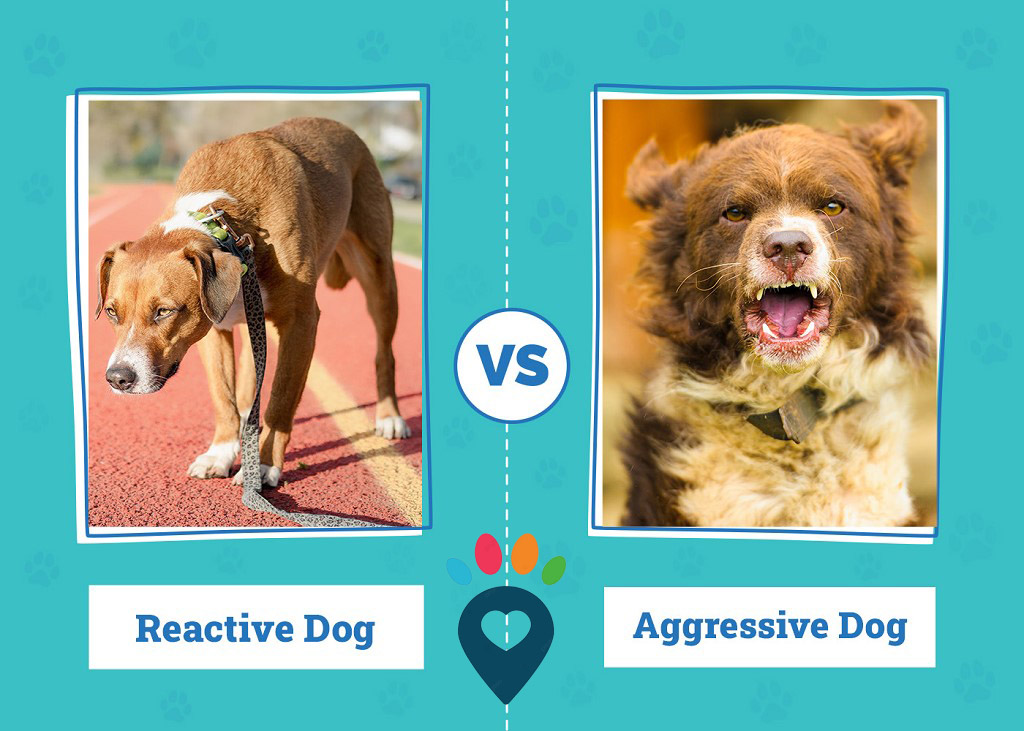
2. Techniques to Socialize Your Pet
Actually, there are various methods to socialize an aggressive dog, however, it's important to recognize that each dog is unique, and not every technique will be suitable for every pet. Below are some commonly used techniques:
2.1 Habituation
Habituation is a powerful but often overlooked way in the dog socialization process. Habituation refers to that You can help your dog reduce fear-based reactions and build confidence through gradually exposing your pet to new environments, people, and experiences in a calm, controlled manner. For instance, if your dog is afraid of loud noises, you can start by playing a recording of the noise at a low volume and then gradually increase the volume over time. This process is to help your dog become more comfortable with the noise and reduce fear.
2.2Conditioning and Desensitization
Conditioning and desensitization are usually treated as two essential tools to help pets feel comfortable and confident in different situations. Usually, conditioning involves creating positive associations with new experiences, while desensitization gradually reduces a pet’s negative response to triggers by exposing them in a controlled, non-threatening way. For example, if your dog is aggressive towards other dogs, begin by introducing them to a calm, friendly dog in a controlled setting, and reward any relaxed behavior with treats or positive reinforcement like praise. Gradually, you can slowly allow more interaction between the two dogs, helping your pet become more at ease in the presence of other dogs.
2.3Counterconditioning
Counterconditioning is similar to conditioning and desensitization, and it offers a proven and effective approach to reshaping negative behaviors. This technique involves gradually changing the dog’s emotional response to triggers—such as other dogs, unfamiliar people, or specific environments—by associating them with positive experiences like treats, toys, or praise. For instance, if your dog barks at strangers, you can help them associate the presence of unfamiliar people with an unpleasant consequence, like a sudden noise or a quick spray of water. This approach can discourage aggressive behavior by showing that it leads to an undesirable outcome.
2.4Positive Reinforcement
Positive reinforcement involves rewarding calm and appropriate responses with treats, praise, or play; in this way, pet owners can encourage desirable behaviors and reduce fear or hostility. For example, if your dog remains calm and relaxed when another dog approaches, giving them a treat or verbal praise immediately reinforces this peaceful reaction. Gradually, the dog learns to associate the presence of other dogs with positive outcomes instead of feeling threatened, which helps reduce aggression and builds confidence in social situations.
2.5Second-Order Reinforcement
Second-order reinforcement uses a secondary reinforcer—like a clicker or whistle—to let your dog know they have exhibited the desired behavior. In this way, you can help your pet reinforce the behavior and make it more likely that your pet will repeat it in the future.
2.6Medication
Medication helps manage underlying issues such as anxiety, fear, or impulsivity that contribute to aggressive behavior. Your veterinarian can provide prescriptions to help reduce anxiety or fear, which may be factors in aggressive behavior. And it is crucial to note that medication should not be used as the sole method to address aggressive behavior, but should be used in conjunction with behavioral training.
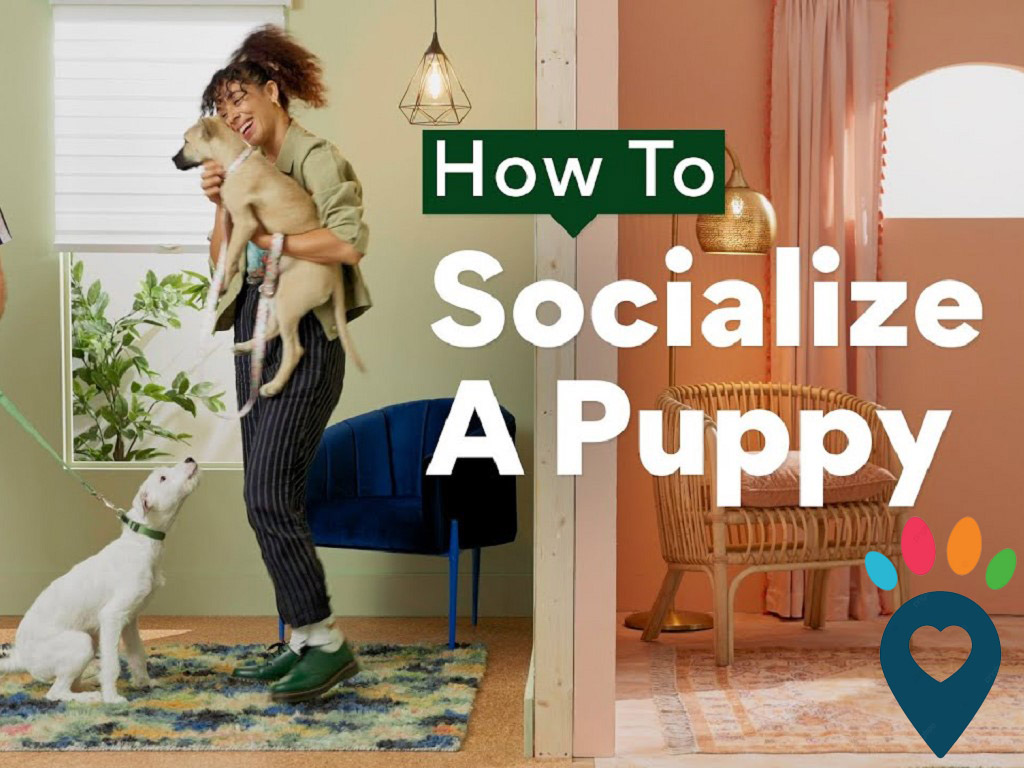
3.Tips for Training Aggressive Dogs
Training aggressive dogs is very necessary for ensuring the safety of your dogs and those around them. And proper training helps address the underlying causes of aggression and teaches dogs how to respond appropriately in different situations. Of course, training aggressive dogs may need you to devote time, patience, and consistency. However, with guidance from a professional trainer, you can gradually improve your pet’s behavior and foster a more positive, supportive environment. The following are some tips for you to socialize your aggressive dogs:
• Begin training early: For aggressive dogs, the earlier you train them, the easier to correct and shape positive habits.
• Consistency is key: For training aggressive, consistency is key factor. Therefore, you need to use the same training methods regularly, and make sure all household members follow the same approach to reinforce your dog’s learning.
• Refuse to punish: In fact, punishing dogs for aggressive behavior can make them worse. While, focusing on positive reinforcement and rewarding your dogs’ good behavior are useful.
• Practice patience: Training an aggressive dog is a gradual process, and improvement may come slowly. Therefore, you must be patient and celebrate small victories along the way.
• Get expert support: If your dog’s aggression is intense or you’re unsure about managing it alone, you’d better to consult a professional dog trainer.
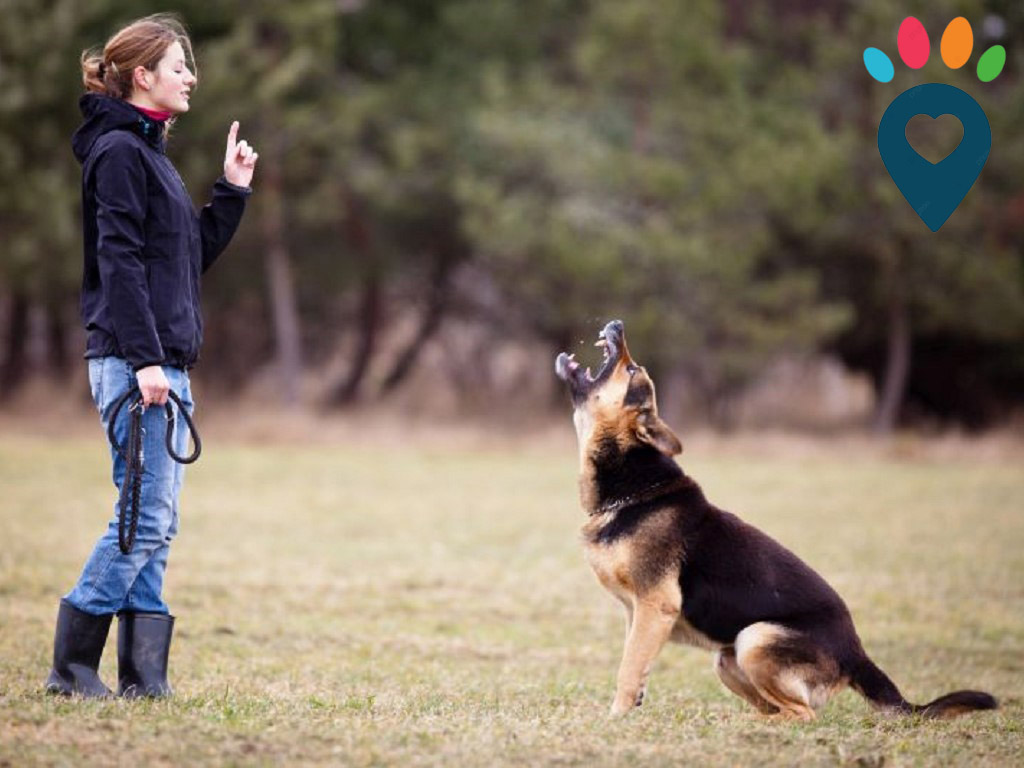
In summary, socializing aggressive dogs is a challenging but rewarding journey. You can use multiple techniques to reduce your dogs’ aggressive behaviors, and help them build confidence and respond more calmly in social situations, such as habituation, positive reinforcement, counterconditioning, and so on. Addtionally, it’s important to understand the root causes of aggression and work at your dog's pace, celebrating progress along the way. And if your dog’s aggression is intense, you’d better to seek guidance from a professional trainer experienced.
